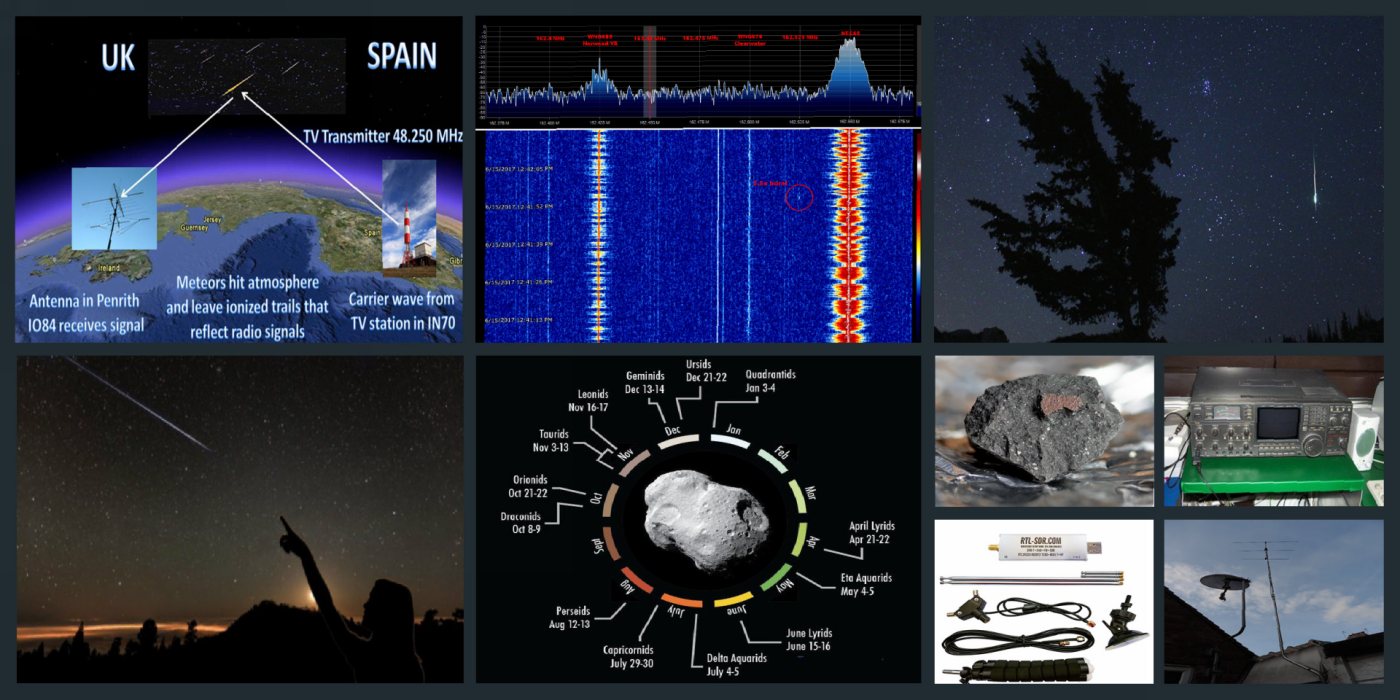
Meteors cannot only be observed in visible light, but also with radio. If you are tuning a radio set to a special radio beacon, you can detect meteors both during the day and at night and during cloudy weather. And with a simple radio receiver, this form of radio astronomy is within reach for everyone.
Radio waves, just like visible light, are part of the electromagnetic spectrum. But where the visible light of a meteor cannot shine through a cloud cover, or is obscured in daylight, the radio waves have no trouble detecting these meteors. Because of this you have the advantage that you can observe the so-called daylight swarms in addition to the usual meteor showers. These are meteoric swarms whose radiants only rise above the horizon during the day.
Joe Gordon in his talk will cover:
- Definition of meteors
- The history of study
- Visual V Radio
- Getting started in radio observations
- Real radio versus cheap dongles
- Aerials
- Software packages for SDR
- Spectrum Lab
- Colorgramme (counting / web upload software)
When Who Where
- Date: Sunday 17th October 2021.
- Time: 7pm.
- Speaker: Joe Gordon.
- Venue: Internet – using Zoom Pro with related Q&A afterwards (See Zoom video meeting request details below).
Talks using Zoom
Due to current Washington Wetlands Centre pandemic group restrictions this month’s talk will be taking place using Zoom Pro
Therefore if you interested in viewing and participating (i.e. Q&A) in this month’s talk, please send an email request to zoom-meetings@sunderlandastro.com
Stating your:
- Name
- If you are a current/potential member (i.e. Single, Family, Concession, etc)
And if it’s agreeable you will be then sent details on How to join the Zoom video meeting for the SAS talk.
The requisites will be:
- Meeting ID – 375 091 0450
- Password Begins with “C*****”
Our speaker
Our speaker is Joe Gordon is Science Presenter @ Astro Laser Shows and is a Hon Chair of the the Newcastle Astronomical Society society and has a passion for Science – engaging children at school through STEM and the wider public via his voluntary work with Kielder Observatory, Northumberland National Park Authority and Newcastle Astronomical Society






